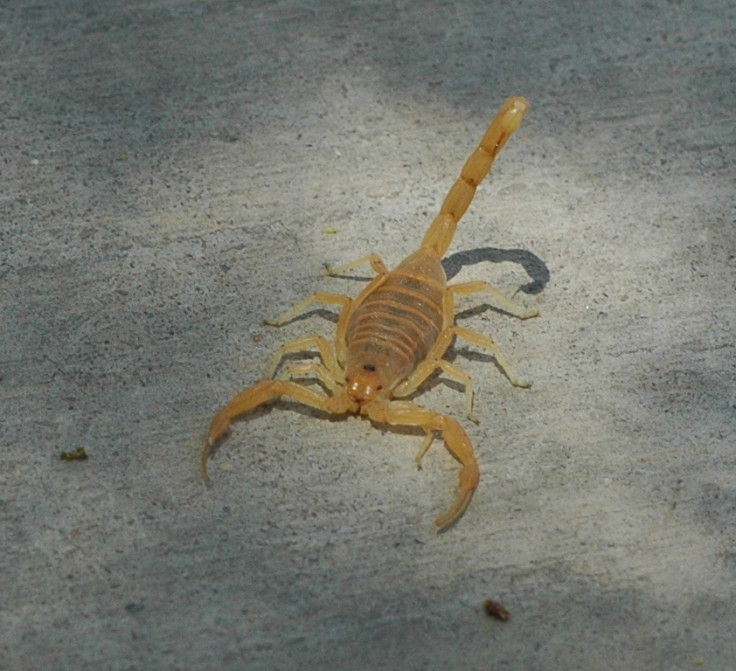This tiny bat species is resistant to deadly scorpion venom that can kill humans
Pallid bats are just a few centimetres long, but the potent venom of the Arizona bark scorpion can't kill them.

The small, innocuous looking pallid bat has been discovered to have resistance to one of the most deadly scorpions in North America – the Arizona bark scorpion.
This scorpion has incredibly potent venom. Its sting causes agony in adult humans and can quickly kill a child if antivenom isn't administered in good time.
But the pallid bat is capable of surviving a dose of venom that would cripple or kill a human. Pallid bats' bodies are no more than about 8cm long and they weigh up to 25g. They live down the west coast of southern Canada, the US and Mexico, and are also found throughout Cuba.
Scientists have now discovered the mechanism that gives pallid bats their incredible resistance, publishing their results in a study in the journal PLOS ONE.
The bats' resistance lies in alterations to channels involved in sensing pain in spinal nerves. These channels allow the transport of ions into and out of the cell. By mediating the flow of sodium ions, they can transmit electrical signals to the brain to send a 'pain' signal. Scorpion venom targets these ion channels to send strong pain signals to the brain.
Several mutations in these channels in the pallid bat showed how these channels were altered so that the scorpion venom was rendered painless.
"We know that voltage gated sodium ion channels are important in generating the neural signals that we perceive as pain," said study author Khaleel Razak of the University of California, Riverside, in a statement.
Bradley Hopp, another author of the study in Razak's lab, added: "These mutations are novel in the pallid bat, suggesting an unknown mechanism of pain modulation in the pallid bat that involves altered ion channel function."
As well as revealing a novel evolutionary response to scorpion venom, the work sheds light on how these receptors are involved in the pain response in humans. Further down the line, this could pave the way for new kinds of painkillers.
"We hope to identify the ways that the pallid bat has altered these channels to reduce pain, and to see if that process can be mimicked pharmacologically," said Hopp.

© Copyright IBTimes 2024. All rights reserved.









